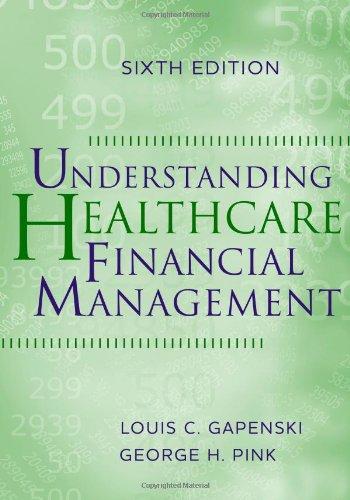
= = = = You are maximizing net benefits NB. There are three alternatives: E (with NB = 910, probability p = 1.0); F (with NB = 940, p=0.5, and NB = 850 with p=0.5), G (with NB = 930, p = 0.6; and NB = 850, p = 0.4). Assume that the benefit distributions are independent (e.g., P(F's NB=940|G's NB = 930) = P(F's NB=940) = 0.5). Using that information, you can calculate the probability of all four possible outcomes (all combinations of F's and G's outcomes). (a) Calculate EVPI for all uncertainties. I.e., you can pay for a perfect forecast of both F's and G's outcomes. (b) Calculate EVPI for just F's outcome. I.e., G's outcome is unknown when you choose between the three alternatives but you know F's at that time (G's outcome still unknown ahead of time, you only know F's). (c) Calculate EVPI for just G's outcome. I.e., F's outcome is unknown when between the three alternatives but you know G's outcome then (F's outcome still unknown ahead of time, you only know G's). (d) Calculate EVII for an imperfect forecast FORE of F's NB. FORE can either be High or Low. The forecast has the following likelihoods: P(FORE = High|F's NB=940) = 0.8, P(FORE=Low F's NB=850) = 0.75 you choose = = = = You are maximizing net benefits NB. There are three alternatives: E (with NB = 910, probability p = 1.0); F (with NB = 940, p=0.5, and NB = 850 with p=0.5), G (with NB = 930, p = 0.6; and NB = 850, p = 0.4). Assume that the benefit distributions are independent (e.g., P(F's NB=940|G's NB = 930) = P(F's NB=940) = 0.5). Using that information, you can calculate the probability of all four possible outcomes (all combinations of F's and G's outcomes). (a) Calculate EVPI for all uncertainties. I.e., you can pay for a perfect forecast of both F's and G's outcomes. (b) Calculate EVPI for just F's outcome. I.e., G's outcome is unknown when you choose between the three alternatives but you know F's at that time (G's outcome still unknown ahead of time, you only know F's). (c) Calculate EVPI for just G's outcome. I.e., F's outcome is unknown when between the three alternatives but you know G's outcome then (F's outcome still unknown ahead of time, you only know G's). (d) Calculate EVII for an imperfect forecast FORE of F's NB. FORE can either be High or Low. The forecast has the following likelihoods: P(FORE = High|F's NB=940) = 0.8, P(FORE=Low F's NB=850) = 0.75 you choose







